- Overview
- Causes, Risks & Prevention
- Symptoms & Types
- Tests & Diagnosis
- Your Cancer Care Team
- Treatment & Side Effects
- Treatment Support
- Living With
- Remission & Recurrence
- Support & Resources
- Appointment Prep
- View Full Guide
Guide to Testicular Cancer

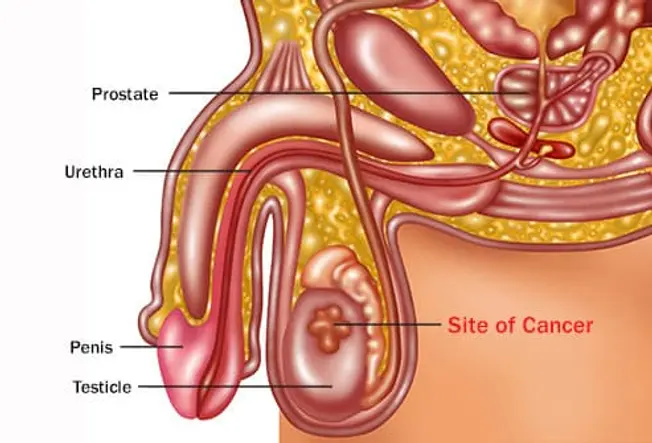
What Is It?
Testicles -- the male sex organs that hang in the scrotum, just below the penis -- make sperm and the hormone testosterone. Like most other parts of your body, they can get cancer. It’s rare compared with other cancers, but it’s one of the most common in men ages 15 to 35. Even if it spreads outside the testicle, it’s very treatable.
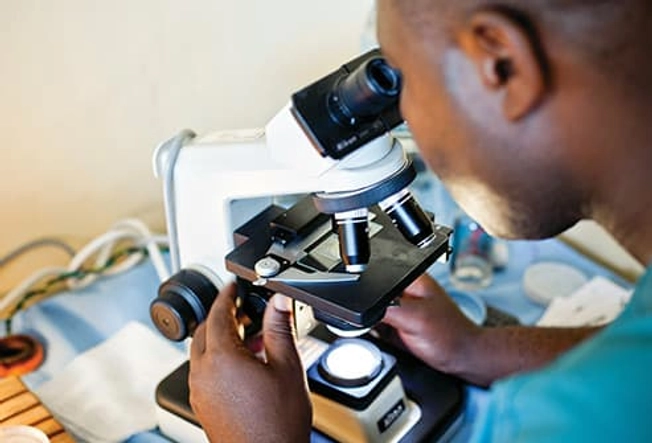
Types of Testicular Cancer
Most testicular cancer starts in germ cells, which make sperm. There are two main types of germ cell testicular cancer:
- Non-seminomas tend to happen in younger men and spread quickly.
- Older men are more likely to have seminomas -- these typically don’t spread as fast as non-seminomas.

Symptoms
The most common sign is swelling or a lump in a testicle that doesn’t cause pain. It may be pea-sized or larger. Other symptoms include:
- Changes in how a testicle feels -- it may feel firmer or have a different texture
- A feeling of heaviness or weight in the scrotum
- Pain, discomfort, or a dull ache in the testicles, scrotum, lower belly, or groin
- Sudden buildup of fluid in the scrotum

When to See Your Doctor
If you have pain, swelling, or a lump in one of your testicles, go see your doctor. Don’t put it off more than 2 weeks. If it is cancer, early treatment can make you more likely to be cured. If you wait to go to your doctor, that gives the cancer time to spread to other parts of your body.
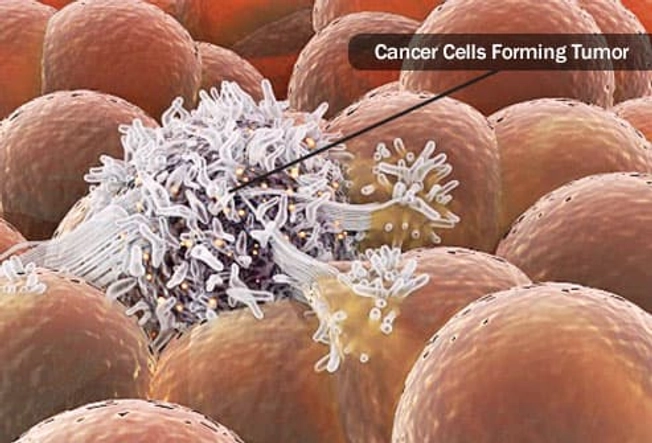
What Causes It?
Doctors don’t know what causes testicular cancer. They know it starts like other types, when certain cells begin to grow out of control and form a tumor. But researchers are trying to figure out what triggers that. Still, some things are known to boost your odds of having it.

Who Gets It?
Age, race, and other conditions can make you more likely to get testicular cancer:
- Infants and older males can get it, but it mostly affects men 15 to 35.
- White males get it more than others.
- Conditions that affect how testicles develop can raise your chances.
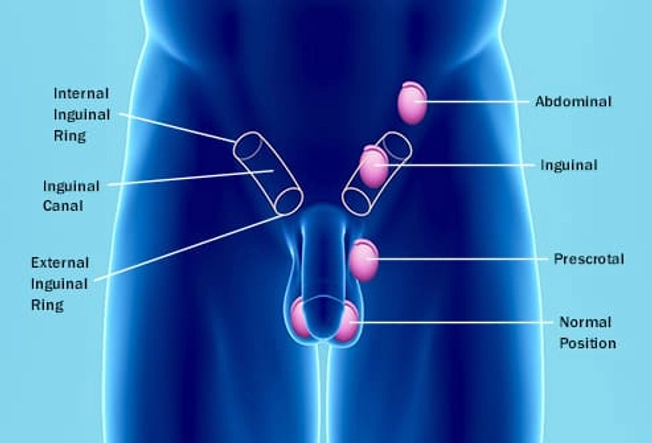
An Undescended Testicle
Before birth, the testicles develop in a baby’s belly. They usually drop into the scrotum by the time they're born or at least by age 1. But sometimes, one (or both) don’t drop -- this is an undescended testicle. Men who had this problem are more likely to get testicular cancer, even if they had surgery to correct it. Surgery still helps, though -- testicles are easier to check when they’re in the scrotum.
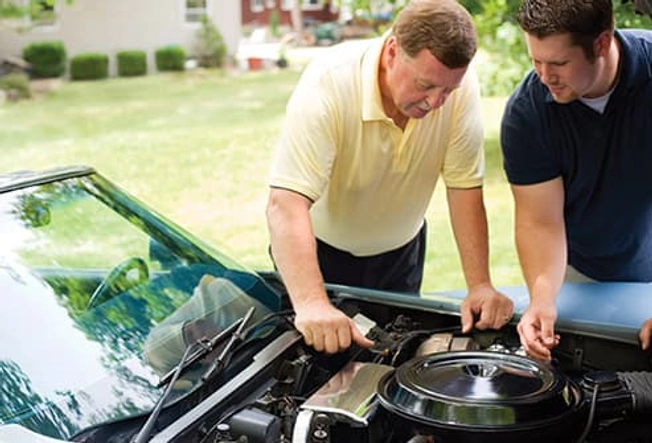
Personal or Family History
You’re more likely to get it if a close relative, like your father or brother, has it. If that’s the case, do self-exams to check for lumps about once a month. And if you had cancer in one testicle, you have higher odds of getting it in the other one. Make sure to go to all your scheduled follow-ups.
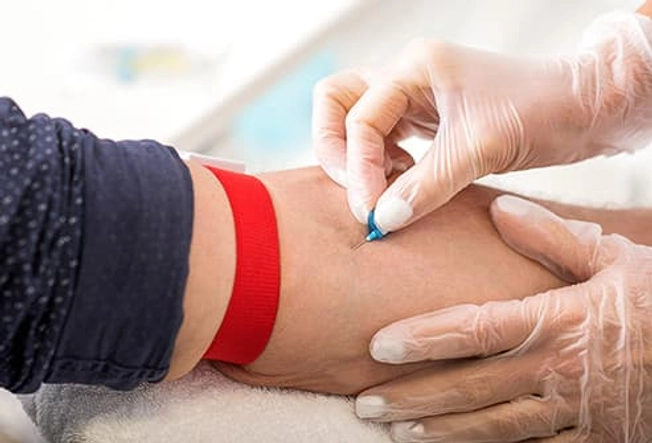
How It’s Diagnosed: Blood Tests
In many cases, men find a lump on their own or their doctor finds one during a routine exam. If your doctor thinks it might be cancer, they may ask for an ultrasound to see if a mass is visible. They also may recommend a blood test to look for markers -- things in your blood, like proteins or hormones, that can be higher if you have a tumor.
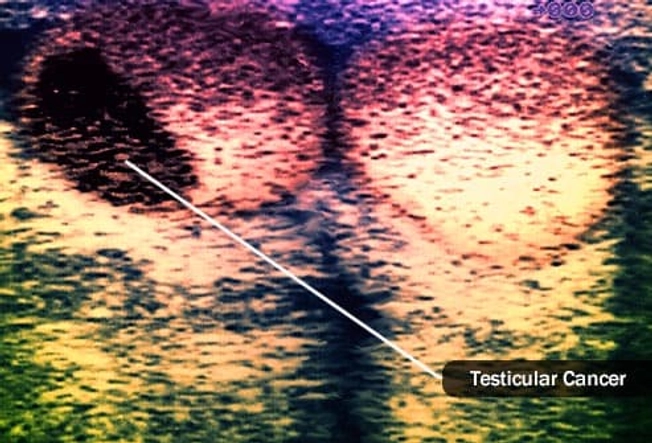
How It’s Diagnosed: Ultrasound and Surgery
With other types of cancer, doctors often test a tumor sample for cancer. But they don’t do that for testicular cancer, because that can damage a testicle and cause the cancer to spread. Instead, your doctor probably will do an ultrasound, which makes images of your scrotum and testicles. If it looks like you have cancer, you may have surgery to remove the testicle and have it tested. This will tell if it’s cancer and what kind it is.
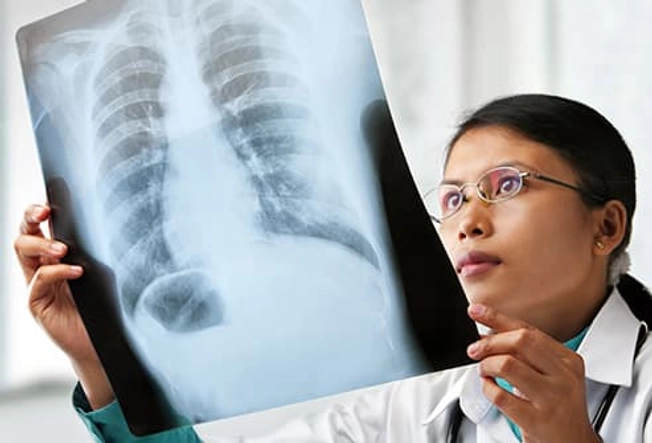
Staging Tests
If you’re diagnosed with testicular cancer, you’ll need more tests to see where it might have spread. It helps your doctor decide the kind of treatment you’ll need. You’ll typically have:
- A computerized tomography (CT) scan, which takes X-rays from several angles and puts them together to make detailed images of your belly, chest, and pelvis
- Blood tests to see if markers are still in your blood after your testicle has been removed
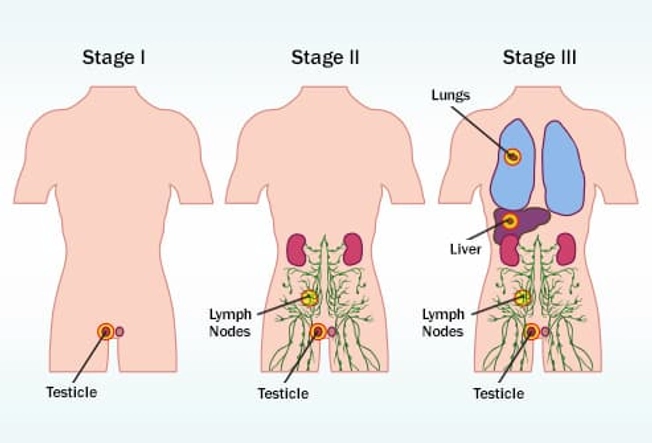
Stages
The stage of your cancer will be based on the size of the tumor and how far it’s spread:
- Stage 0: The cancer is only found in the small tubes called seminiferous tubules located inside the testicle.
- Stage I: The tumor may have grown outside of the testicle into structures nearby. It has not spread to lymph nodes or to distant sites in the body.
- Stage II: The cancer has spread to lymph nodes in your belly.
- Stage III: The cancer has spread to other parts of your body, like your lungs, liver, bones, or brain.

Treatment: Surgery
Typically, you’ll have surgery to remove the testicle no matter what stage or type you have. For stages II and III, your doctor may also take out some lymph nodes to test for cancer. For early stages, surgery may be the only treatment you need. Then you’ll have follow-up exams every few months for the first few years. During those visits, you may get chest X-rays, CT scans, and blood tests.
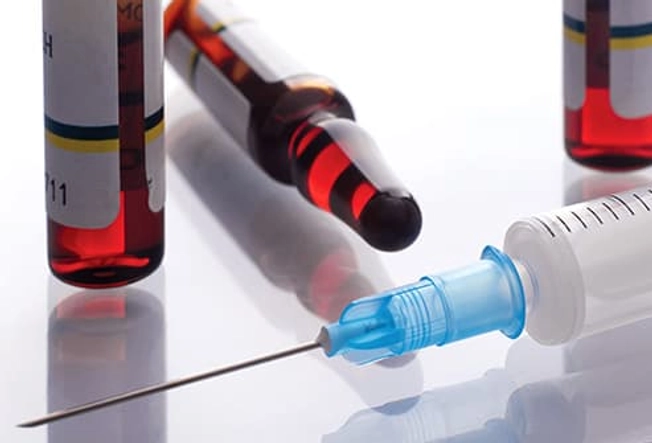
Treatment: Chemotherapy and Radiation
After surgery, your doctor may suggest:
- Radiation: high-energy beams that kill cancer cells
- Chemotherapy: strong drugs that kill cancer cells
For seminomas, doctors may use radiation or chemotherapy. For non-seminomas, they tend to use chemotherapy. Both may cause infertility -- you might not be able to father a child after these treatments. If you want children someday, talk to your doctor about sperm banking before your treatment.
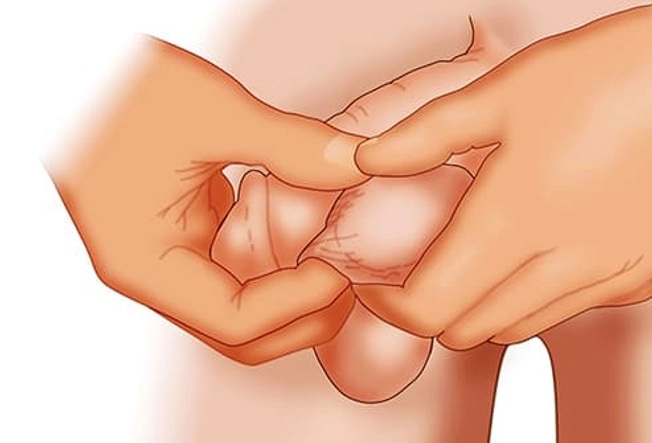
Self-Exams
Your doctor may recommend that you check for lumps each month, especially if you’re more likely to get testicular cancer. To do these exams:
- Shower or bathe first so the scrotum is loose.
- Stand in front of a mirror to look for swelling in the scrotum.
- Hold your testicle between your thumbs and fingers and roll it gently.
- Feel for lumps, swelling, or changes in texture.